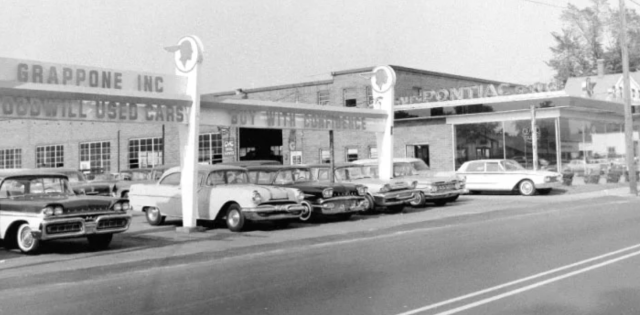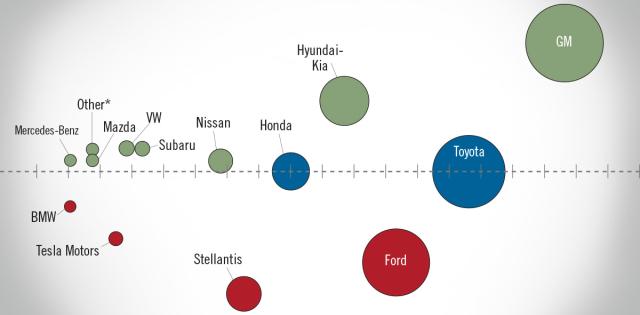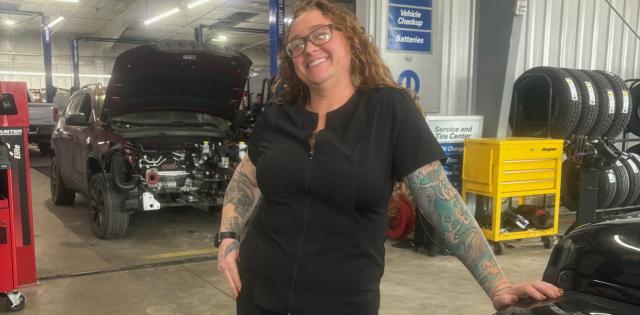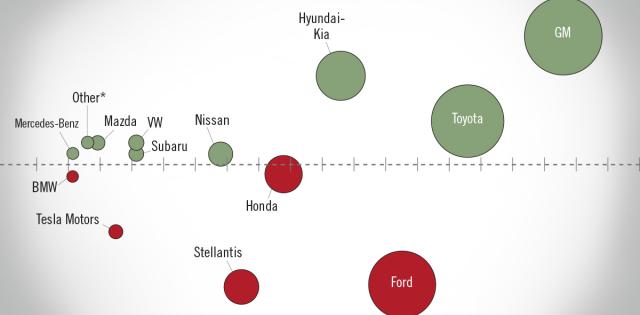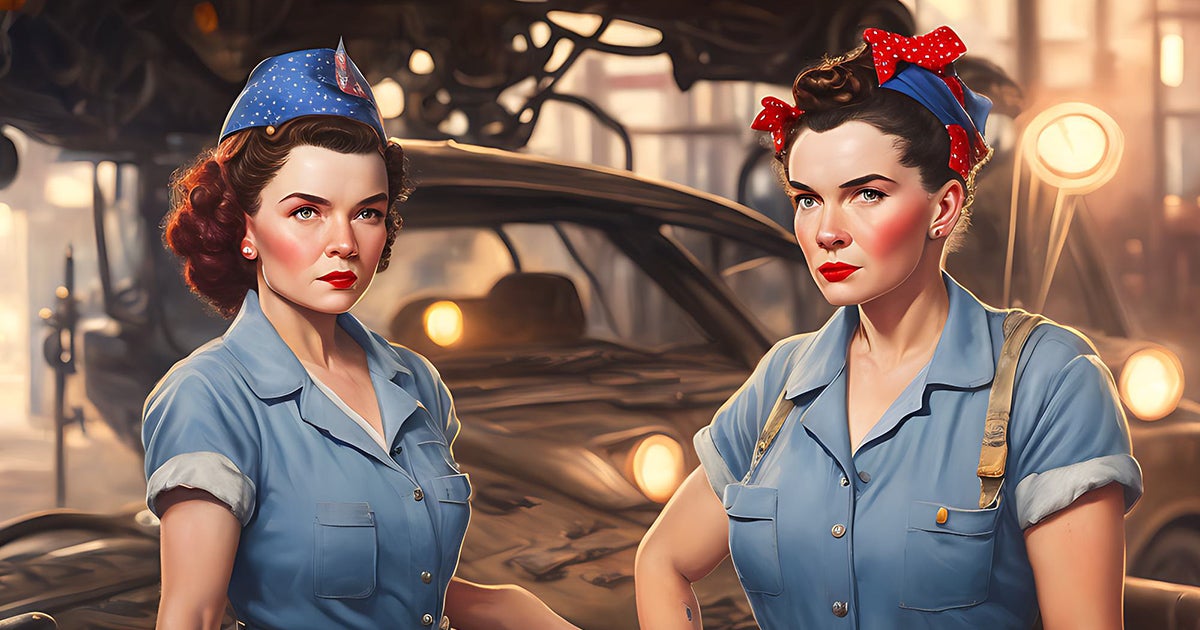
Throughout history, women have made significant contributions to the automotive industry, breaking down barriers and paving the way for future generations. From inventors to racecar drivers, designers to executives, women have left their mark on the industry in countless ways.
One of the earliest female pioneers in the automotive industry was Bertha Benz, the wife of Karl Benz, who invented the first gasoline-powered car. In 1888, Bertha took the car on a 66-mile journey without her husband's knowledge, becoming the first person to complete a long-distance automobile trip. Her bravery and innovation helped to popularize the automobile and set the stage for its future development.
During World War II, women played a crucial role in the automotive industry, taking on jobs in factories and assembly lines as men went off to fight. Women produced tanks, airplanes, and other vehicles for the war effort, and their contributions helped to keep the industry afloat during difficult times. Women like Rose Will Monroe, known as "Rosie the Riveter," became symbols of female empowerment and helped to break down gender barriers in the workforce.
In the 1950s and 60s, women began to make strides in other areas of the industry. One of the most famous examples is Hedy Lamarr, a Hollywood actress and inventor who developed a frequency-hopping system that was used to control torpedoes during World War II. Her invention laid the groundwork for modern-day Bluetooth and Wi-Fi technology. Similarly, Mary Anderson invented the first windshield wiper in 1903, a safety feature that is now standard in all cars.
In recent years, women have continued to make strides in the industry, with designers like Helen Emsley and Shiro Nakamura bringing fresh perspectives and innovative ideas to the table. Women are also increasingly taking on leadership roles in companies like Ford and General Motors helping to shape the direction of the industry as a whole. In 2014, Mary Barra became the first female CEO of a major global automaker, and she has been instrumental in guiding General Motors through a period of rapid change and innovation.
Beyond these individual contributions, women have also played a key role in shaping the culture of the automotive industry. Women consumers have been a driving force behind many trends, from the rise of SUVs and crossovers to the demand for more environmentally friendly vehicles. Women have also been at the forefront of the push for greater diversity and inclusion in the industry, advocating for greater representation of women and people of color at all levels.
Of course, there is still work to be done to achieve gender equity in the automotive industry. Women are still underrepresented in many areas, particularly in engineering and other technical fields.
However, the contributions and impact of women in the automotive industry cannot be denied. From Bertha Benz to Mary Barra, women have helped to shape the industry and pave the way for future generations.
For more stories like this, bookmark www.NADAheadlines.org as a favorite in the browser of your choice and subscribe to our newsletter here:



